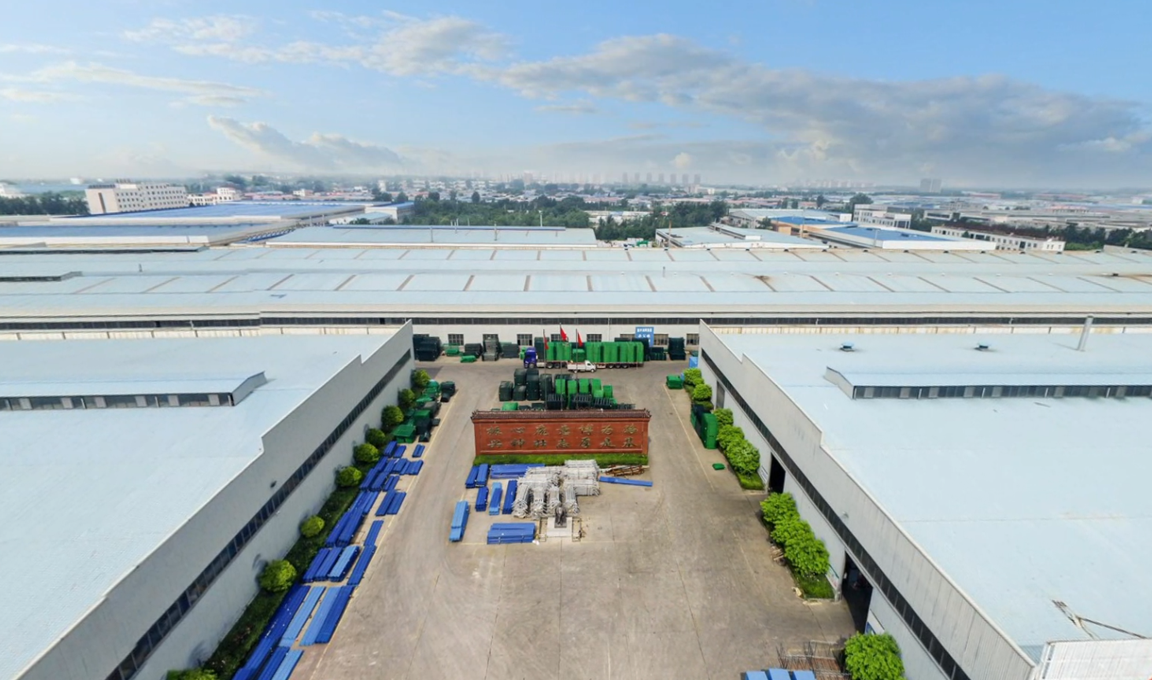External Noise Barriers Shields Against Sound Pollution
In an ever-increasing urbanized world, noise pollution has emerged as a significant environmental concern. It impacts human health, disrupts wildlife, and detracts from the quality of life. One effective strategy to mitigate this issue is the installation of external noise barriers, which serve as protective shields against unwanted sound.
External noise barriers are structures designed to block or absorb sound waves originating from sources such as highways, railways, construction sites, and industrial facilities. They are typically constructed from various materials, including concrete, wood, metal, and specialized sound-absorbing composites. The design and materials used can vary significantly depending on the specific noise challenges faced in a given area and the aesthetic considerations of the community.
The primary function of these barriers is to reduce sound levels in adjacent residential or sensitive environmental areas. For instance, homes situated close to busy roads often experience elevated noise levels, which can lead to sleep disturbances, increased stress, and other health issues. By strategically placing noise barriers, cities can create quieter living spaces that promote better well-being for their residents.
external noise barriers

The efficacy of noise barriers is influenced by several factors, including their height, length, and distance from the noise source. Taller barriers are generally more effective at blocking sound, as they extend above the noise source and create a more significant barrier for the sound waves. Additionally, the placement of these barriers should consider the topography of the land, as hills and valleys can affect sound propagation.
Moreover, advancements in acoustic engineering have led to the development of barriers that not only block sound but also absorb it. These innovations incorporate materials that diminish sound reflections, resulting in a more effective reduction of noise pollution. Some barriers even incorporate vegetation, which can enhance both sound absorption and aesthetic appeal. Green walls and living fences not only contribute to noise reduction but also promote biodiversity and improve air quality.
Despite their benefits, the implementation of external noise barriers can present challenges. The initial construction costs and ongoing maintenance can be substantial. Moreover, there can be community resistance due to concerns about visual impacts or restrictions on access to views. However, many urban planners argue that the long-term benefits of improved quality of life and increased property values often outweigh these challenges.
In conclusion, external noise barriers present an effective solution to combat noise pollution in urban areas. They serve as vital tools for improving public health, enhancing the quality of life, and preserving the acoustic environment. As urbanization continues to grow, the strategic implementation of these barriers will be crucial in creating sustainable and livable cities. Through thoughtful planning and community involvement, external noise barriers can transform cities into quieter, more serene places that foster well-being and harmony with nature.
-
Trusted Expanded Metal Mesh For All Projects
NewsMay.08,2025
-
Stainless Steel Expanded Metal for Versatile Uses
NewsMay.08,2025
-
Reliable Steel Grating Choices
NewsMay.08,2025
-
Perforated Sheet Metal for Every Need
NewsMay.08,2025
-
Heavy Duty Expanded Metal Mesh for Robust Solutions
NewsMay.08,2025
-
Expanded Aluminum Metal for Versatile Applications
NewsMay.08,2025
Subscribe now!
Stay up to date with the latest on Fry Steeland industry news.

